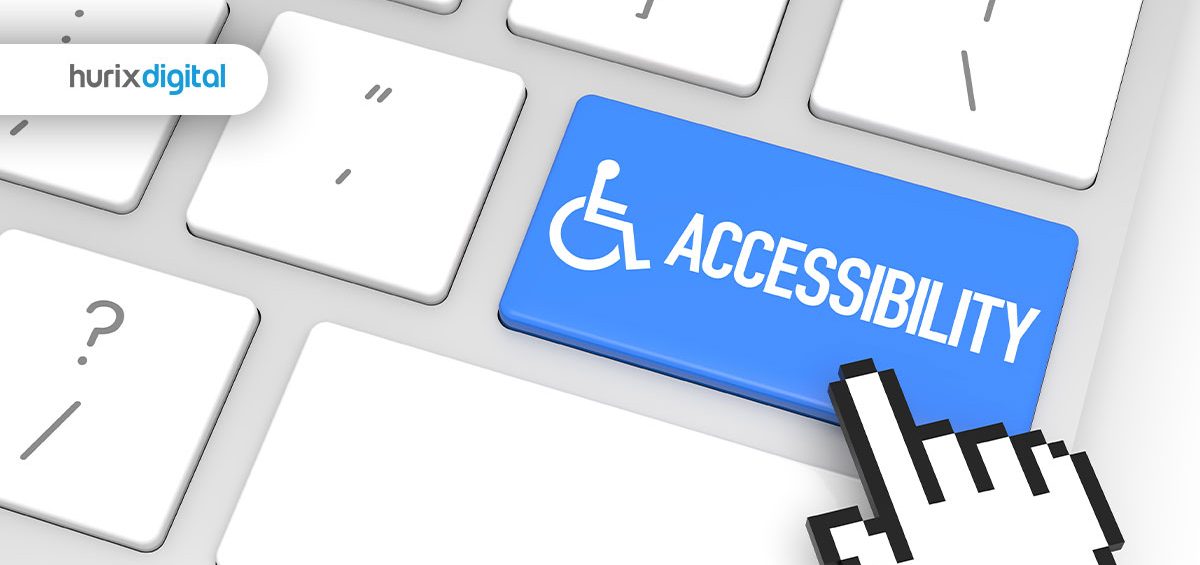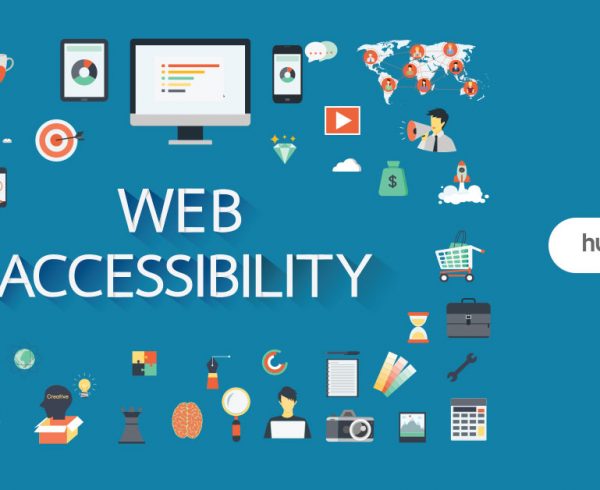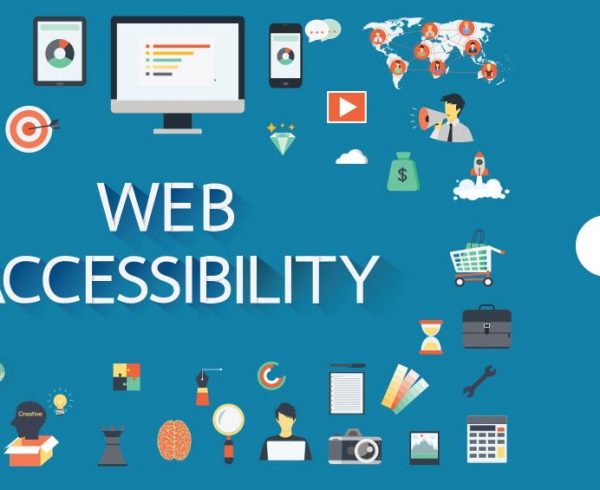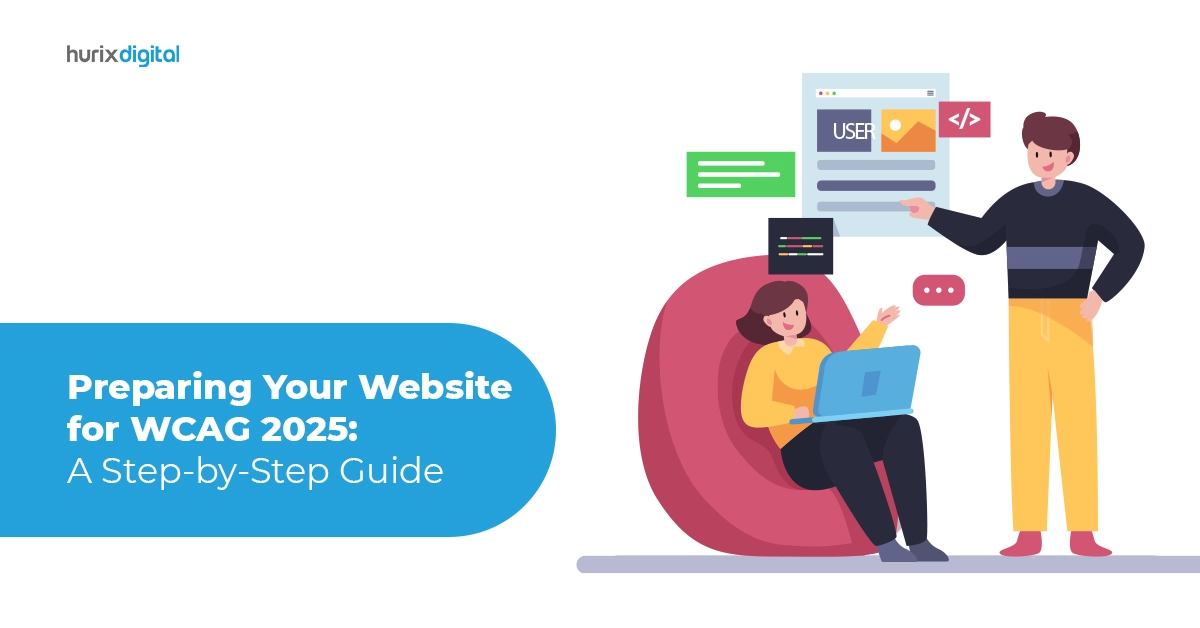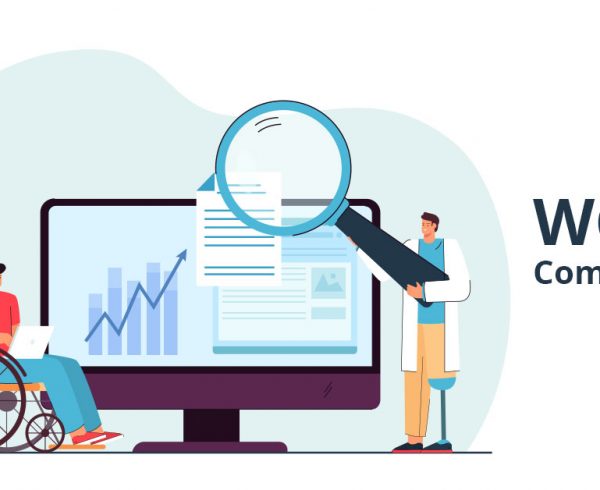Businesses aim for legal compliance in order to avoid any run-ins with the law. In addition to the usual compliance processes followed by a company, such as GDPR, workplace safety, HIPAA, POSH, etc., WCAG compliance at workplaces are also equally important. It ensures that not just their customers, but also their employees with physical disabilities are able to access their websites and IT systems without difficulty.
Back in the day, when the ADA was newly formed, the term “places of public accommodation” referred to any place where people would typically gather to participate in society. But in view of digitization and its global effects, places of accommodation are no longer limited to a physical space. It also includes virtual spaces, where people tend to connect far more often.
Therefore, there is a need for every business organization, whether big or small, to have web content that is accessible to all. Not only because it is a legal requirement, but because it is nice to be considerate and compassionate towards people.
Today, every business organization should be asking themselves, “Is our website accessible?”
Related Read: Difference between WCAG, Section 508 and ADA – Tools of Web Accessibility
Here are some reasons why enterprises must ensure WCAG compliance:
1. Have a User-Friendly Web Presence
Globally, around 10% of the world’s population (650 million people) live with a disability. By ensuring that your web content has all the images tagged properly and is able to support a screen reader, people with complete or partial vision or hearing impairment, physical disability and so on will be able to access and navigate through the site without any trouble. Improving the UX of your website is important to retain your audience. Many times, people simply move on to other more accessible sites rather than filing a complaint. And through word of mouth, others too will follow them, and you will see your website audience dwindling. And more often than not, these are customers who can contribute to your revenue, but couldn’t, because your website didn’t allow them to. According to the U.S. Census Bureau, people with disabilities have $220 billion in discretionary spending power.
Also See: 5 Things to Bear in Mind While Designing for Accessibility
2. Reach Out to New Demographics
71% of disabled customers with access needs will click away from a website that they find difficult to use. And 82% of customers with access needs would spend more if websites were more accessible. Conforming to the WCAG guidelines doesn’t require much effort, any vendor can do it for you. But lack of it will cost you a whole demography that could have been reached out to if only the website was more accessible. So, in a way, you are driving out potential revenue. Accessibility also builds brand loyalty. When people know your website isn’t accessible on the first try, they aren’t coming back again to check. On the contrary, having an accessible website will help you reach out to newer user base who previously could not access online content.
3. Create an Inclusive Work Environment
With a lot of businesses practically working only through digital channels, it makes sense to have a site that is accessible to as many people as possible. Your website will be accessed not only by your customers, but also your employees. The scope of diversity should also be broadened to include people with a wide range of disabilities. And no, just building a wheelchair accessible ramp doesn’t end an organization’s responsibility of creating an inclusive work environment. In order to create an inclusive work environment, it is imperative that all employees are able to use and manage the digital content equally.
4. Avoid Litigations
The number of website accessibility lawsuits is increasing at a rapid rate, with many high-profile companies being included in the defaulters list. There have been many instances in the past where non-conformance to WCAG accessibility guidelines have led to serious litigations against companies, leading to penalty and loss of reputation. In order to avoid such a scenario, it is best to take necessary actions and make the site usable for all. If you think creating an accessible website is expensive, think about the money you would have to shell out in lawsuit damages.
5. Improve SEO
SEO and accessibility are interlinked in a way that creating an accessible website will automatically help boost your SEO ranking. This is because assistive technologies and search engines both require a great content structure, semantics and functionality. This is achieved by using proper alt text tags for images, providing descriptive link text, avoiding empty headers and so on. Undertaking these measures serves the dual intention of keeping your website users as well as search engines satisfied. If you can make Google believe in the content and the user experience that your page will provide to site visitors, irrespective of their capabilities, the chances of ranking higher is more likely.
White paper:
WCAG – The Road to Making Businesses Accessible
Given below are some ways to make your website accessible:
- The headers and text should stand out against the background of the site
- Provide a minimum color contrast ratio for non-text content of 3:1
- The contrast between text and its background should be 5:1 and more
- Add alt tags and descriptions for images, videos, and animation
- Write clear, concise content
- Use translations if your business offers international services
- Ensure your site works without CSS
- Allow users to turn off video/GIF content
- Use text descriptions for hyperlinks
- Make forms accessible using HTML tags to describe the form controls
- Modify keyboard shortcuts, allowing people to turn off or remap the shortcut using a non-printable keyboard character
Conclusion:
Our lives are being increasingly dominated by digital devices. And every year brings new developments in technology. If we do not take accessibility into consideration while designing these technologies, it will only become challenging to keep retrofitting assistive devices such as screen readers, screen enlargers, volume control apparatuses, pointing devices, voice recognition software, etc., to the existing platforms and tools.
If you already have a platform that you now wish to make WCAG compliant, you can approach a vendor who can offer these services. HurixDigital offers WCAG 2.1 services to help you create a more accessible digital space for your user base.
Need to know more about our Products & Services? Drop us a note at marketing@hurix.com


